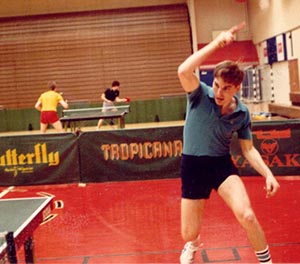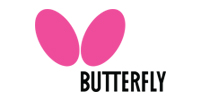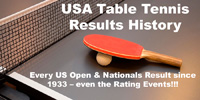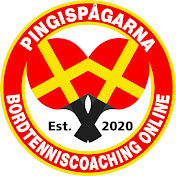History of U.S. Table Tennis, Volume 12
As mentioned in this blog, USA Table Tennis Historian Tim Boggan moved in with me for two weeks starting on Tuesday, Feb. 28, so that I could do the page layouts and photo work on his next volume of History of U.S. Table Tennis. Yep, it's volume 12! I've done the layouts for all except the first one. I get to read a lot of it as we work, with him sitting next to me and pointing at the screen saying, "That photo goes there. No, I said there, you fool!"
We've now finished the covers, Acknowledgements, Introduction, and 25 chapters (370 pages) of the 31-chapter book. We should finish it all on Friday. He'll spend Saturday proofing the pages, and on Sunday and Monday we'll be making the corrections. Then I'll do all the pre-press work, and send the 500-page PDF file to the printer. Since we're not leaving for the Cary Cup until Thursday morning, we should finish two days early. What'll we do on Tues & Wed? I don't know. Movies, sight-seeing, maybe even some ping-pong.
Here's an excerpt, from page 332 on the Rochester Michigan Open between Danny and Ricky Seemiller (as written by Cody Jones), when matches were still best of three to 21:
Ricky won a seesaw first game from brother Danny, 28-26, and seemed to be in the driver’s—or looper’s—seat. Ricky was aggressive, took chances, while Danny played more of a control game. The second game Danny won at 14. In the third, at 22-21 his favor, Ricky missed a set-up kill—which, since Danny went on to win this game, might well have cost him the match.


 Photo by Donna Sakai
Photo by Donna Sakai




